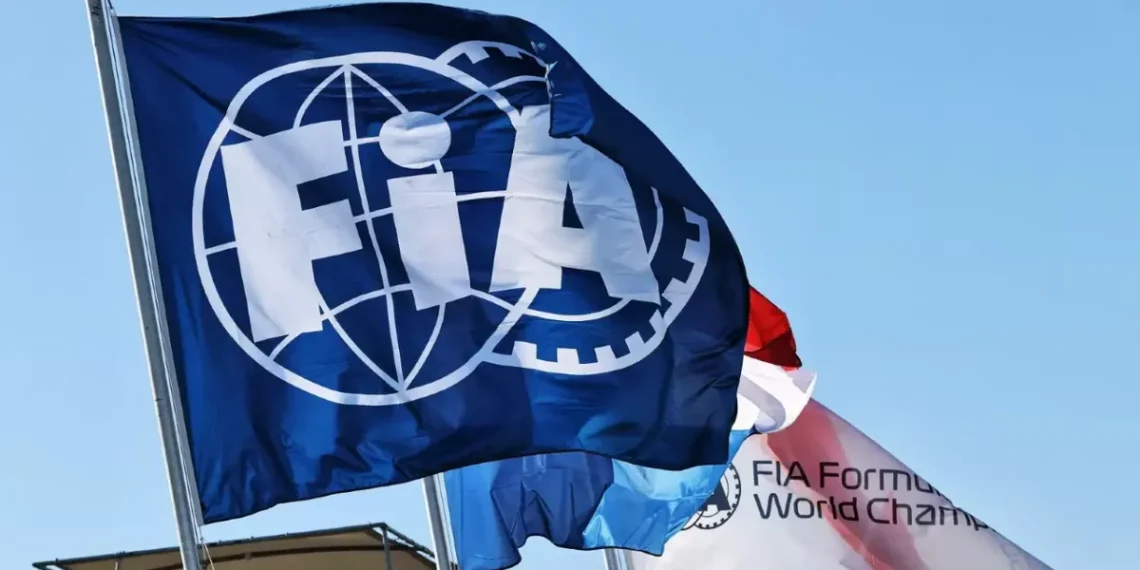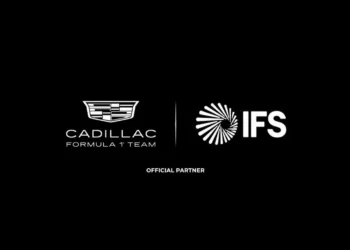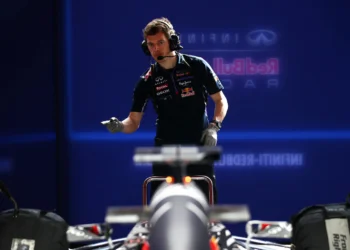The FIA and Formula 1 drivers engaged in a productive dialogue ahead of the Qatar Grand Prix, addressing concerns about racing guidelines and track limits. Chaired by FIA Race Steward Garry Connelly, the meeting marked a significant step forward in fostering collaboration between the sport’s governing body and its competitors.
Drivers Seek Adjustments, Not Overhauls
The conversation focused on refining the existing Driving Standards Guidelines, with many drivers, including George Russell, advocating for subtle adjustments rather than sweeping changes. The Mercedes driver highlighted the need for clarity around overtaking scenarios, particularly when drivers are forced off track.
- “I think we all agree the guidelines don’t need massive changes,” Russell said. “We just need the odd sentence removed or adjusted.”
- He referenced Max Verstappen’s controversial overtake on Lando Norris at the United States Grand Prix as a flashpoint requiring clearer rules.
Praise for Collaborative Spirit
Connelly commended the drivers for their constructive input and emphasized the importance of a collaborative approach.
- “The meeting was the most productive one we’ve attended,” Connelly noted. “The drivers were fantastic with their input—very constructive, with no finger-pointing.”
- He stressed that stewards aim to ensure a fair playing field rather than act as adversaries: “It’s not us against the drivers; it’s the drivers against the drivers. We’re here to make sure everyone gets a fair go.”
Addressing Track Limits and Circuit Design
A recurring theme during the meeting was the impact of track design on racing incidents and limits enforcement. Max Verstappen called for changes to circuit layouts, noting that extensive tarmac run-offs often exacerbate track limits issues.
- “In some places, you just have a lot of run-off, and that creates issues,” Verstappen said. “That’s something we have to work on for the future.”
FIA Sporting Director Tim Malyon highlighted ongoing efforts to modify circuits for better racing dynamics. He pointed to Austria’s gravel traps and new additions at Lusail as examples of proactive measures.
- “We introduced gravel traps starting in Austria, and this weekend at Lusail, we’ve added gravel in a number of places,” Malyon said. “These adjustments not only address track limits but also help manage overtaking challenges.”
Commitment to Evolving Guidelines
The FIA emphasized that the Driving Standards Guidelines remain a “living document,” subject to annual revisions informed by the experiences of drivers, teams, and officials. The aim is to balance consistency with adaptability.
- “If drivers and teams want stricter or more lenient standards, we’ll apply those,” Connelly stated.
- Meetings such as the one in Qatar will continue to shape how the FIA and drivers collaborate on these evolving standards.
The Road Ahead
The meeting demonstrated a shared commitment to improving the sport’s fairness and safety. The addition of gravel traps and ongoing discussions about track design are part of a broader effort to address racing concerns.
As George Russell aptly put it: “Common sense is key. We all want to race hard but fair, and with clear guidelines, we can achieve that.”
With drivers and stewards now working more cohesively, fans can expect a more transparent and competitive 2025 Formula 1 season.









